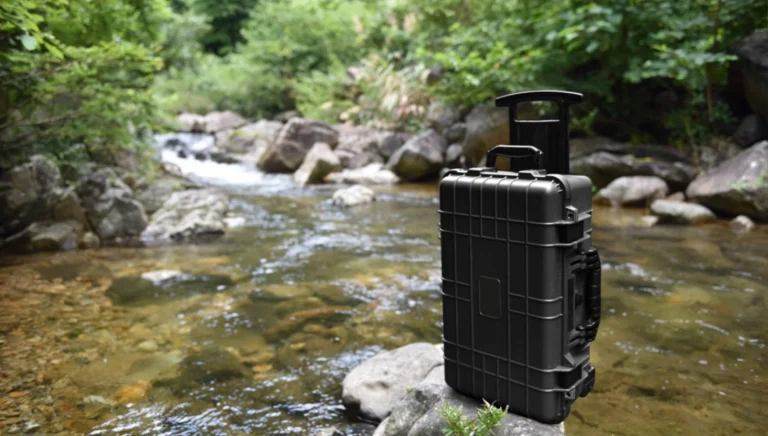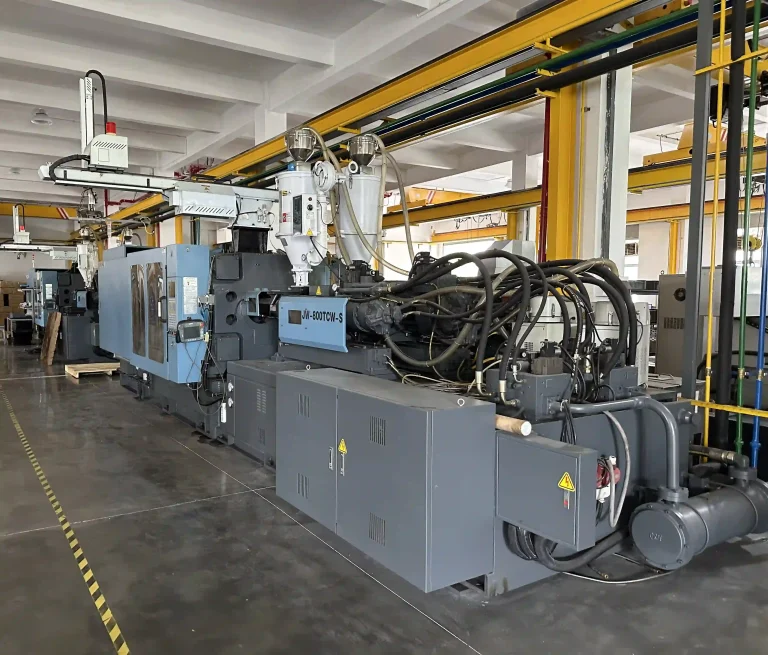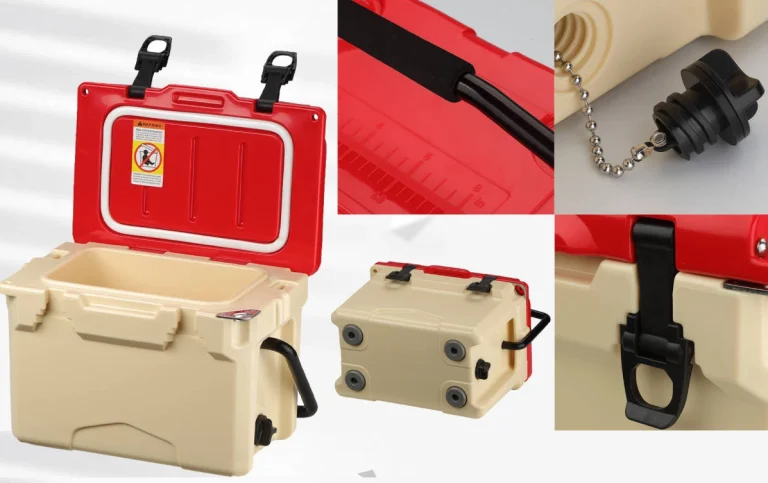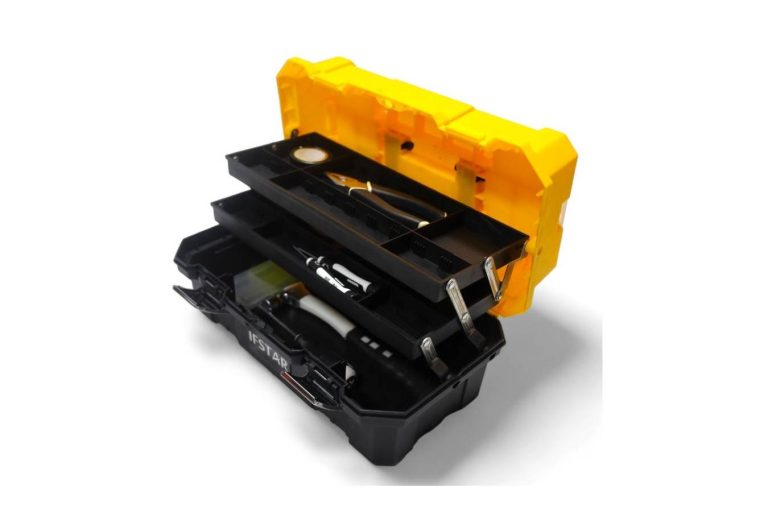If you’re a photographer, videographer, or content creator, you know your gear is precious. Whether you’re hiking through a rainforest, trudging through dusty fields, or just heading downtown, your camera faces all sorts of dangers. A sturdy camera case is like a trusty sidekick, keeping your equipment safe. But not every case is up to the task. Let’s unpack what waterproof, dustproof, and crushproof mean so you can find the right one.
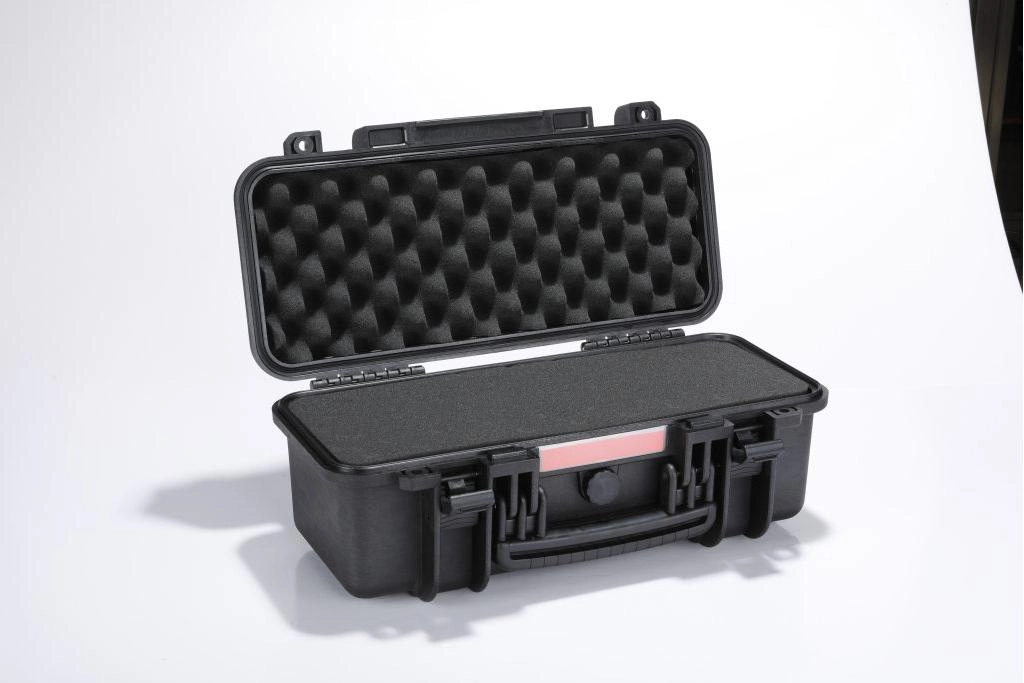
Why You Need a Solid Camera Case
Keeping Your Gear Safe
Cameras and lenses are delicate little machines. They’ve got sensitive sensors and tiny parts that don’t like water, dust, or rough treatment. A good hard case for camera equipment keeps your gear safe and snapping great shots for years.
Dangers Out There
When you’re out shooting or traveling, your camera deals with stuff like rain, snow, or clumsy drops. Dust and sand can sneak in too. Without a hard shell camera case, one little accident could mean a big repair bill or lost photos.
What Waterproof Really Means
How Cases Stop Water
A waterproof case uses tight seals and strong materials to keep water out. Things like gaskets and solid latches make sure no water sneaks in.
Tough build: Made with sturdy stuff like a polypropylene (PP) body, plastic buckles, and an ABS handle. These work with good seals to block water.
What Water Protection Ratings Mean
IP ratings tell you how well a case keeps out water and dust. The second number (like in IP67) is about water:
- 5: Handles water jets.
- 6: Stops strong water jets.
- 7: Stays safe underwater up to 1 meter for 30 minutes.
- 8: Can handle deeper water under certain conditions.
For a waterproof case, go for at least an IP67 rating. It’ll keep your gear dry in heavy rain or if it takes a quick dip.
When Waterproofing Saves the Day
You’ll want a waterproof case near rivers, beaches, or boats. It’s also great for rainy days or spills while you’re on the move. Many good cases have a pressure release valve. It keeps the seal tight during flights or mountain climbs.
Why Dustproofing Is a Big Deal
How Dust Can Mess Up Your Camera
Dust might seem harmless, but it’s a camera’s enemy. It can scratch lenses, jam buttons, or slip into sensors, ruining your photos. Over time, it can wear out your camera’s insides.
Dust Protection Ratings
The first number in an IP rating shows how well a case blocks dust:
- 5: Keeps most dust out.
- 6: Stops all dust.
For dusty places, pick a case with a “6” rating, like IP67 or IP68.
How Cases Keep Dust Out
Tight hinges and latches block dust. Storage dust proof case with 4 adjustable lid slots and a strong frame that can hold a person’s weight. These designs keep tiny particles away. Clear PC cover, black body, orange case, handle, or buckles. You can peek at your gear without opening the case, which keeps dust out.
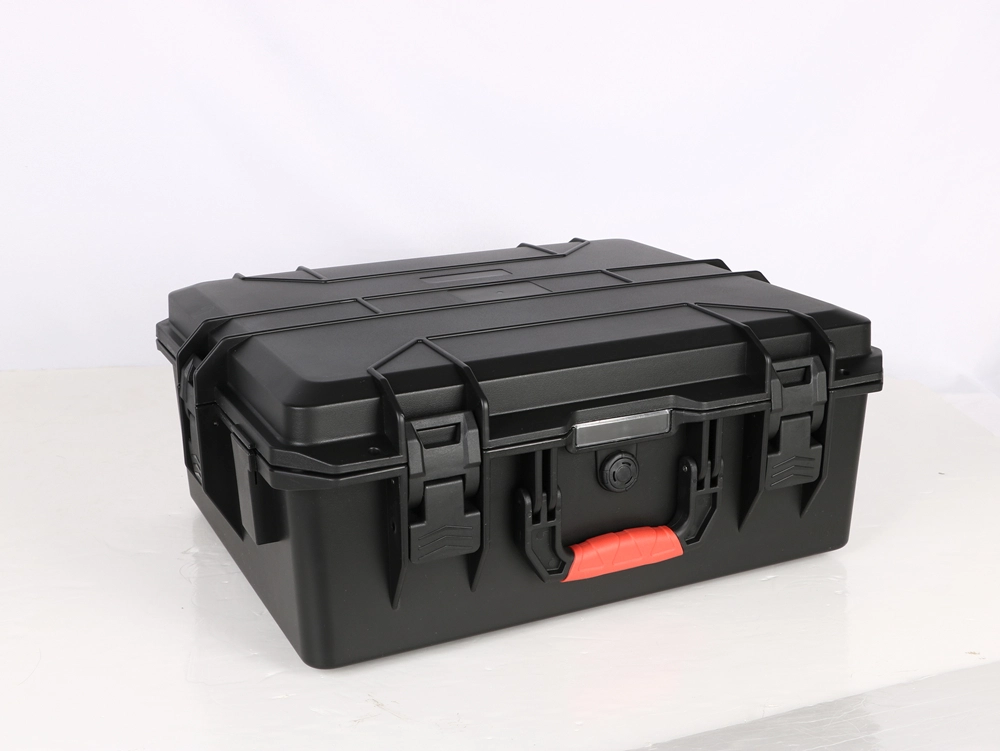
What Makes a Case Crushproof
How Cases Handle Rough Stuff
Crushproof cases use tough materials and smart designs. Polypropylene (PP) bodies and ABS handles are strong but bend a bit when things get tough.
Solid build: Made with high-strength stuff like PP body, plastic buckles, and ABS handle. These soak up shocks without breaking or hurting what’s inside.
Strength Without the Weight
Metal cases are super tough but heavy to carry. Plastics like PP are lighter but still strong. They’re great for travelers who want protection without extra bulk. Portable tray with deep bottom space, black cover/body, yellow handle/buckles. This fits bigger gear while staying tough.
When You Need a Crushproof Case
Crushproof cases are awesome for air travel, where bags get piled up. They’re also great in rugged spots where gear might fall. At busy events, they keep your stuff safe from getting stepped on or squished.
How to Choose the Best Case
Picking the Right Features
When you’re picking a case:
- For water adventures: Get a high waterproof rating (IP67+), tight seals.
- For dusty shoots: Choose a dust-tight rating (IP6X), strong hinges.
- For city trips: Go for lightweight, crush-resistant cases with wheels.
Hard plastic case with wheels, telescoping handle, 2-3 layers of pluck foam, pressure release valve, owner’s manual. These make it easy to carry gear and keep it safe with foam you can shape to fit.
Questions to Ask Before Buying
- What’s it made of? Is it tough stuff like PP or ABS?
- Does it have flexible compartments, like 8 removable or deep sections?
- Is there a valve for pressure changes?
- Is it light but still strong?
- Are the handles comfy for long trips?
These questions help you find a case that’s perfect for you.
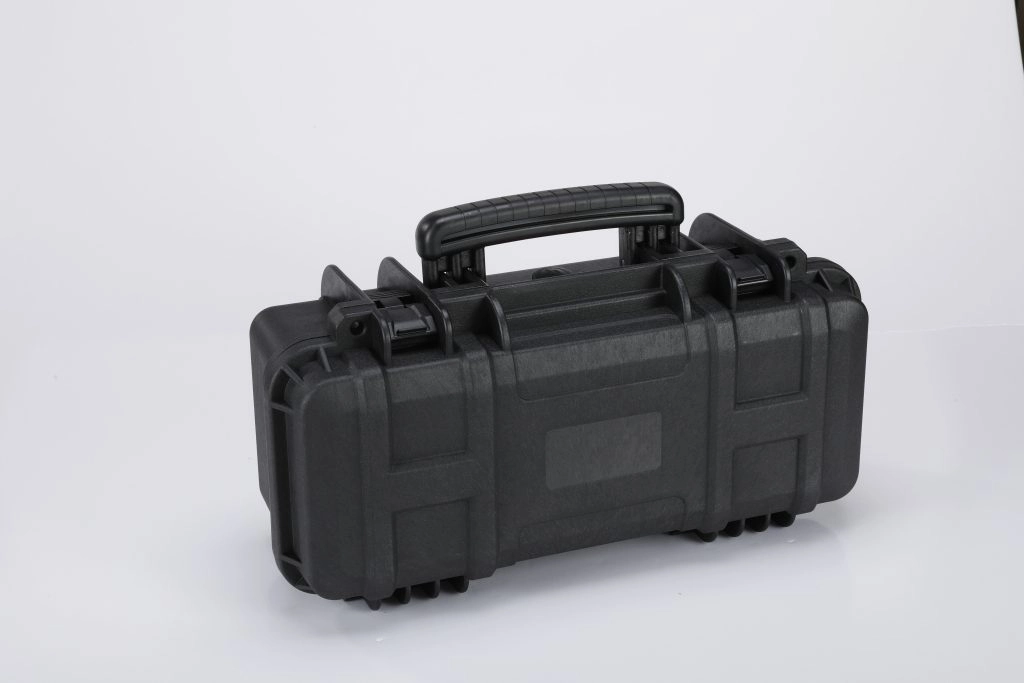
A hard camera case isn’t just a tool—it’s your gear’s shield against rain, dust, or rough moments. Pick one with strong waterproofing, dust protection, and crushproof features. Yifu’s best camera hard cases are a solid choice. Their tough build and handy compartment designs are great for pros on the go.
FAQ
Q: How do I know a case is waterproof, dustproof, and crushproof?
A: Look for IP ratings like IP67 or IP68 for water and dust protection. Check for materials like polypropylene or ABS and features like strong hinges or pressure valves. Always read the manufacturer’s details.
Q: Can I trust a case without an IP rating to block water or dust?
A: Without an IP rating, it’s a gamble. It might help a bit, but it’s not tested. For tough spots, go with cases that have clear IP ratings.
Q: Which brands make great waterproof, dustproof, and crushproof cases?
A: Yifu, Pelican, Nanuk, and SKB are known for tough cases. Yifu’s hard camera cases are a solid choice for these three property. Check their IP ratings, materials, and reviews to pick the best one.

